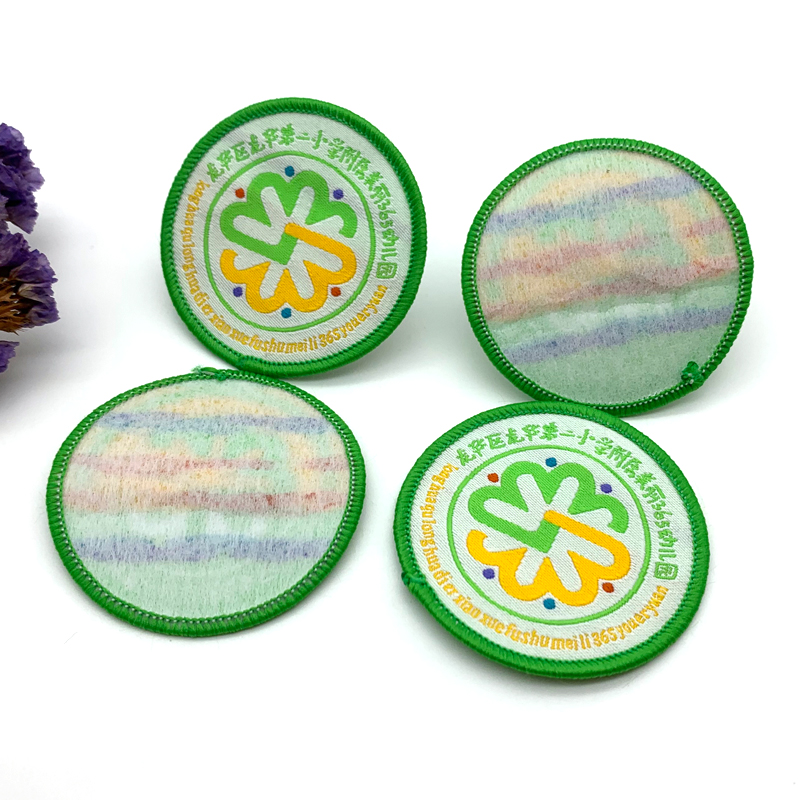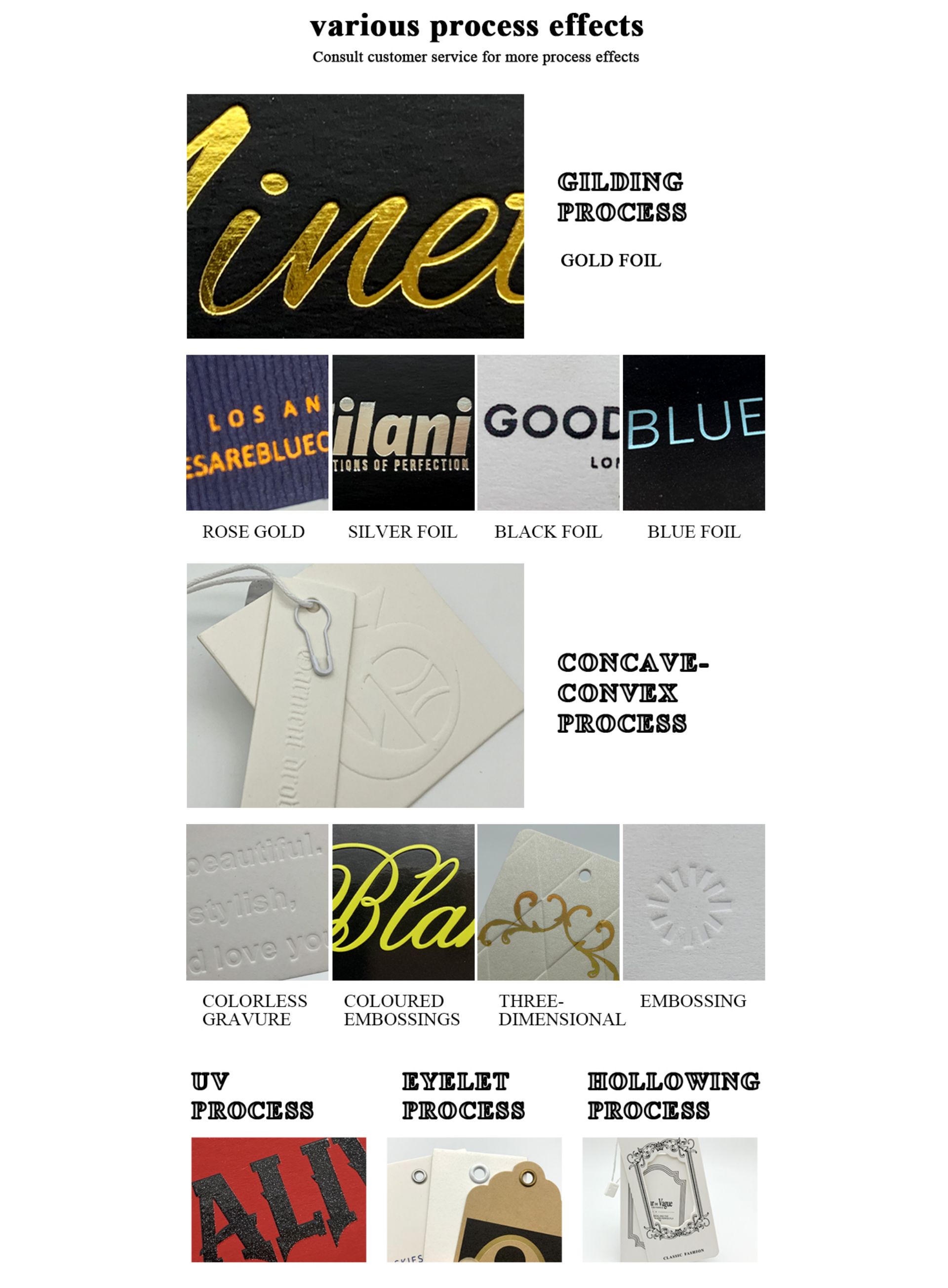We earn a commission for products purchased through some links in this article.
Read this to avoid a laundry disaster... Tags For Clothes

Seeing the 'dry clean only' symbol on the label of a new garment you love is always disheartening, as the cost of all those trips to the dry cleaner can really add up. So much so, in fact, that it can put you off wearing something altogether.
You may be tempted to throw it in the washing machine anyway and hope for the best, but this could end in a laundry disaster if you get it wrong. So how do you know when to abide by the dry clean symbol and when not to? We asked the experts at the GHI for their advice.
As a general rule, if the laundry instructions on a garment's label feature the dry clean symbol alongside other washing options, the clothing doesn't have to be dry cleaned – it's simply the manufacturer’s recommendation. However, if the label says 'dry clean only', you must obey!
Here are some examples of items you should only ever dry clean:
Delicate lace items and those with leather trim or beading. Unless the washing instructions on the label of lace or beaded garments specifically say they can be hand-washed, it’s best to dry clean them. And even if they can be hand-washed, you might want to err on the side of caution so that really delicate garments look their best for longer. Always dry clean anything with a leather trim.
Tailored suits, jackets and coats should never be machine-washed or even hand-washed unless the washing instructions on the label specifically say they can be. This is because they are likely to have been made using a mix of different fabrics in the facings and linings that could shrink at different rates and cause the garment to lose its shape. You're almost always better off dry cleaning tailoring.
Velvet should only be dry cleaned if you want to maintain its luxe texture. In between cleans, use a steamer to remove creases and freshen it up.
Woollen garments are likely to felt and shrink if they're washed at too high a temperature, washed in the machine at too high a spin speed, hand washed too roughly or tumble dried. Unfortunately these things are irreversible. With woollen items, there really is no hard and fast rule to guide you so it's always best to follow the washing instructions on the label to the letter.
As with other garments, if the label says 'dry clean only', it really does mean it. And where dry cleaning is given as an option among many, you may find that the garment retains its shape better in the long term if you have it dry cleaned rather than washing it.
Silk garments. Like wool, some silk items can be hand or even machine washed, but care is required – as are short cycles and low temperatures. Others will need to be dry cleaned if that's the only option on the care label.
Satin can usually be machine washed, but heavier satins require dry cleaning. Iron while still damp on the reverse side.
Save your money — if there are a range of laundry options on the care label, you should be fine washing garments made from fabrics made from the following fibres:
How to stop colours fading
How to remove white streaks on your washing
What to do when colours run in the wash
How to make your shoes last longer
How to reduce your ironing
How to fix ruined clothes
How to clean white trainers
How to clean soft toys
How to clean the inside of your handbag
Good Housekeeping, Part of the Hearst UK Fashion & Beauty Network
Good Housekeeping participates in various affiliate marketing programs, which means we may get paid commissions on editorially chosen products purchased through our links to retailer sites.

Fabric Labels ©2023 Hearst UK is the trading name of the National Magazine Company Ltd, 30 Panton Street, Leicester Square, London, SW1Y 4AJ. Registered in England. All Rights Reserved.